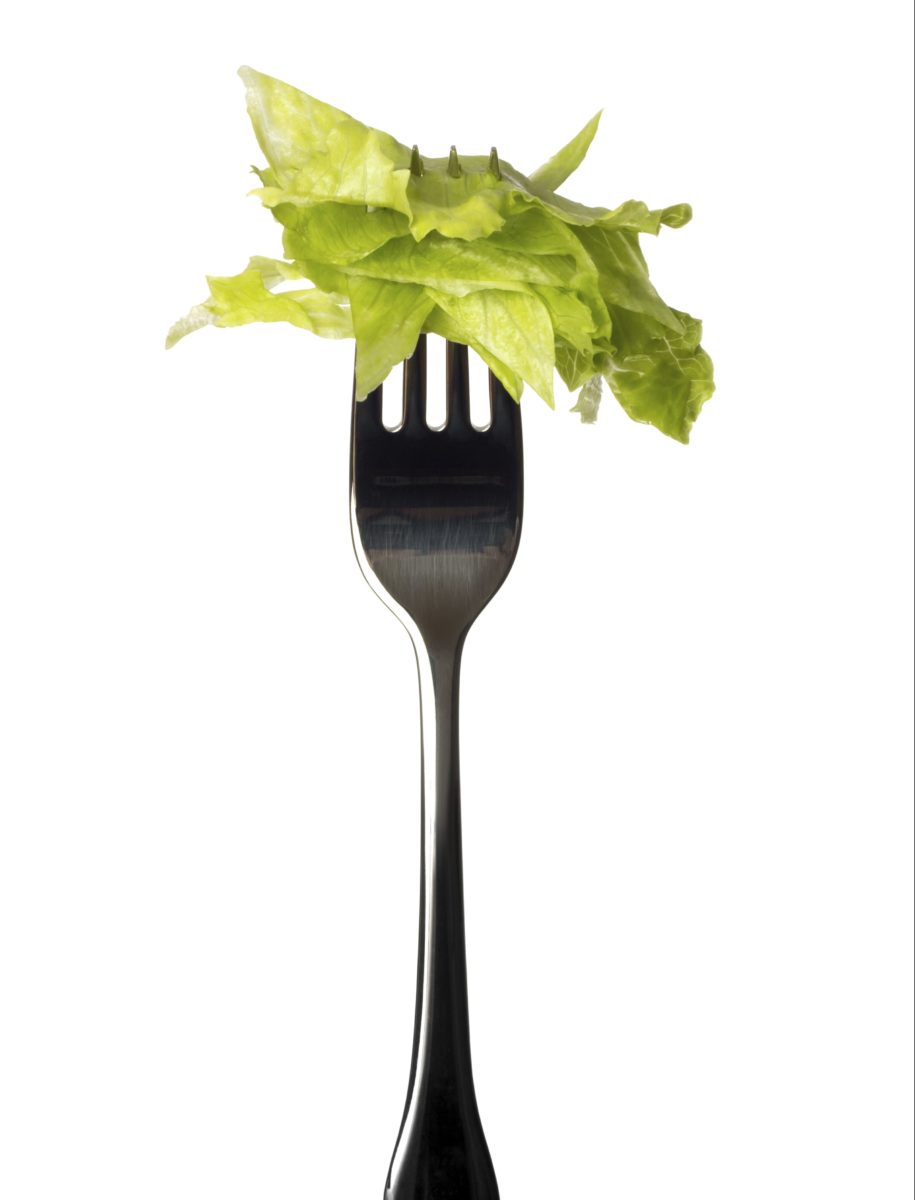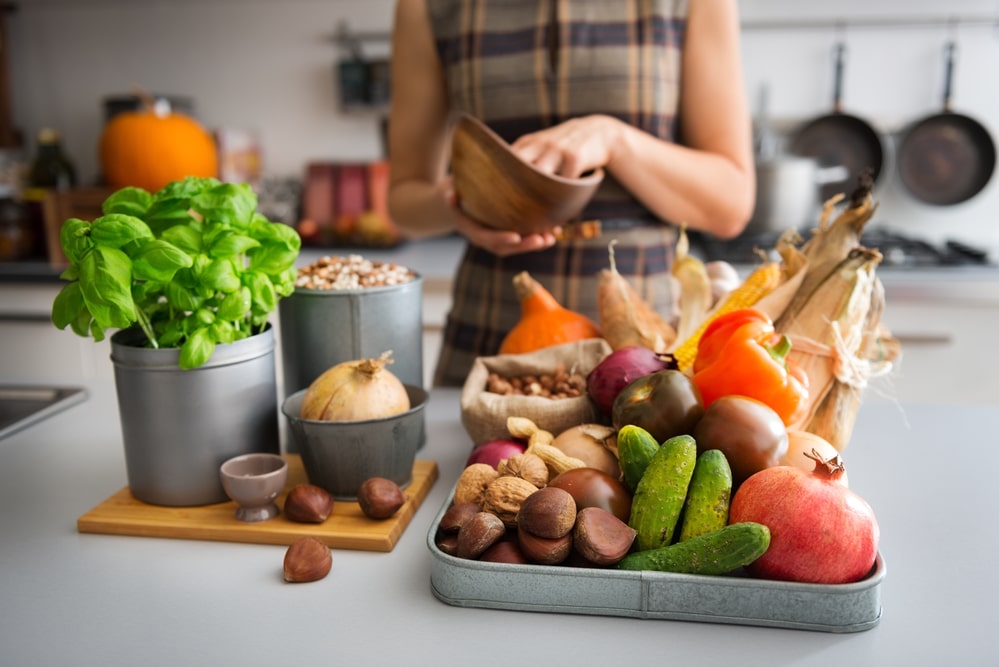Incorporating Paleo Values into Your Vegan Diet
Paleo is known for incorporating pasture-raised, organic meats, poultry, and eggs as a diet mainstay yet it shares many common values with a vegan or plant-based diet. No, really, it is feasible to maintain a diet that is both vegan and Paleo. In fact, Paleo can complement and even bring an added level of wellness to the already nutrient-rich diet for which veganism is pursued. How so? It combines the incredible nutritional offerings of vegetables, tubers, fruits, nuts, seeds, and healthy fats with the whole-health values of balanced hormones, reduced inflammation, and a fortified gut barrier resulting in an efficient digestive system.
Let’s cover some basics…
A traditional vegan diet squares itself as exclusively animal-free. Any foods derived from living creatures are off the menu, including honey, marshmallows, and even most tattoo inks — who knew? If a component of the food (or product, in some cases) has origins in an animal or insect, then vegans are going to take a pass and move on to a plant-based alternative. Many vegans were compelled to the lifestyle for ethical reasons, still many are attracted to the numerous health benefits of eating a diet so rich in nutrient-dense fruits, vegetables, nuts, seeds, and natural forms of plant-based fats, such as olive oil and avocado. It’s worth noting that there’s a community close to the vegan diet who identify as being plant-based yet refrain from donning the vegan badge. These folks enjoy a diet that is closely related without adhering to absolute animal-free terms. Vegetables, fruit, nuts, seeds, plant-based fats and protein alternatives are staples for both camps; however, unrefined, natural sweeteners such as honey may be incorporated into the diets of those who identify as plant-based as opposed to traditional vegan.

Contrary to the caricature of the caveman dragging a bone-in shank of mastodon, the Paleo diet is largely omnivorous, save for a few select items. I like to say that Paleo marries ancestral dietary habits with modern scientific analysis. Paleo starts first by identifying foods which existed in nature at any time in history and then submits them to modern scrutiny to determine if hormonal balance (such as insulin and estrogen), digestive health, and proper immune function may be disrupted. If a flag pops up that a particular item will compromise those whole-health values, then it is side-lined. For Paleo dieters, this eliminates gluten, most grains, soy, refined sugars, and for the most part, dairy. Much like those who practice a plant-based approach under a vegan umbrella without omitting all things derived from animals or insects, the same varied practice can be found in the Paleo community. Many tolerate a bit of full-fat, organic dairy from pasture-raised cows, and even a few select grains such as white rice. This diet is often referred to as “Primal.”
So there’s a bit of flexibility with both, depending on personal preference, but still not enough to ignore the fact that these two diets are largely polarized.
The question remains: why attempt to combine them? I would offer that by doing so, an already nutrient-dense diet is bridged with practices that restore hormonal balance, heal and protect the gut, and reduce overall inflammation in the body.
Wait. Can you actually be Paleo AND Vegan?
Absolutely. Think of all that the diets have in common!
We share a love of vegetables, fruits, nuts, and seeds.
We share an appreciation of unrefined, natural fats.
We share an aversion to dairy.
We seek out organic produce and refrain from GMOs (genetically modified organisms) as often as possible.
We share the exclusion of processed foods, dyes, preservatives, and refined sugars.
We share a concern for animals to be treated ethically and to be free to live in the most natural habitat available in this modern age. And at the end of the day, we all eat consciously and in ways that we believe fosters intrinsic personal health and wellness.
To marry these worlds, the foods that will take center stage are fairly simple:|
• vegetables and tubers—and plenty of them
• fruit
• plant-based fats such as coconut, olive, and avocado oils
• nuts and seeds
• herbs and spices of all types
And you’d be amazed just how much incredible food can be enjoyed utilizing that list!
Meal Planning as a Paleo Vegan
Contrary to the caricature of the caveman dragging a bone-in shank of mastodon, the Paleo diet is largely omnivorous, save for a few select items. I like to say that Paleo marries ancestral dietary habits with modern scientific analysis. Paleo starts first by identifying foods which existed in nature at any time in history and then submits them to modern scrutiny to determine if hormonal balance (such as insulin and estrogen), digestive health, and proper immune function may be disrupted. If a flag pops up that a particular item will compromise those whole-health values, then it is side-lined. For Paleo dieters, this eliminates gluten, most grains, soy, refined sugars, and for the most part, dairy. Much like those who practice a plant-based approach under a vegan umbrella without omitting all things derived from animals or insects, the same varied practice can be found in the Paleo community. Many tolerate a bit of full-fat, organic dairy from pasture-raised cows, and even a few select grains such as white rice. This diet is often referred to as “Primal.”
It’s an obvious suggestion, but I’m going to say it nevertheless: look for recipes that are filled with vegetables. It’s critical to think beyond salads, however.
Enjoy creative cauliflower-based faux couscous recipes that boast a celebration of fresh herbs, dried fruit, and spiced nuts; an array of roasted vegetables finished with infused sea salts; or vegetable soups like minestrone, chowders thickened with cauliflower or root vegetables, and even leeks, broccoli, and coconut milk pureed together into a silky soup.
Since nuts and seeds are on the menu for both diets, have fun with cashew cream sauces over spaghetti squash with burst cherry tomatoes, roasted zucchini, and finished with fresh torn basil; or consider a make-your-own pizza bar using an almond flour recipe for the crust.
Shredded butternut squash baked with nutritional yeast and topped with seasoned almond flour and thinly sliced scallions is over-the-moon delicious, and roasted acorn squash pureed with applesauce and cinnamon just spells comfort on a cold morning.
There are so many wonderful ways to enjoy a plant-based diet that incorporates the Paleo values of balanced hormones, a fortified digestive tract, and controlled inflammation. For more information on feeding a variety of diets with the same meal, see this link. ![]()
